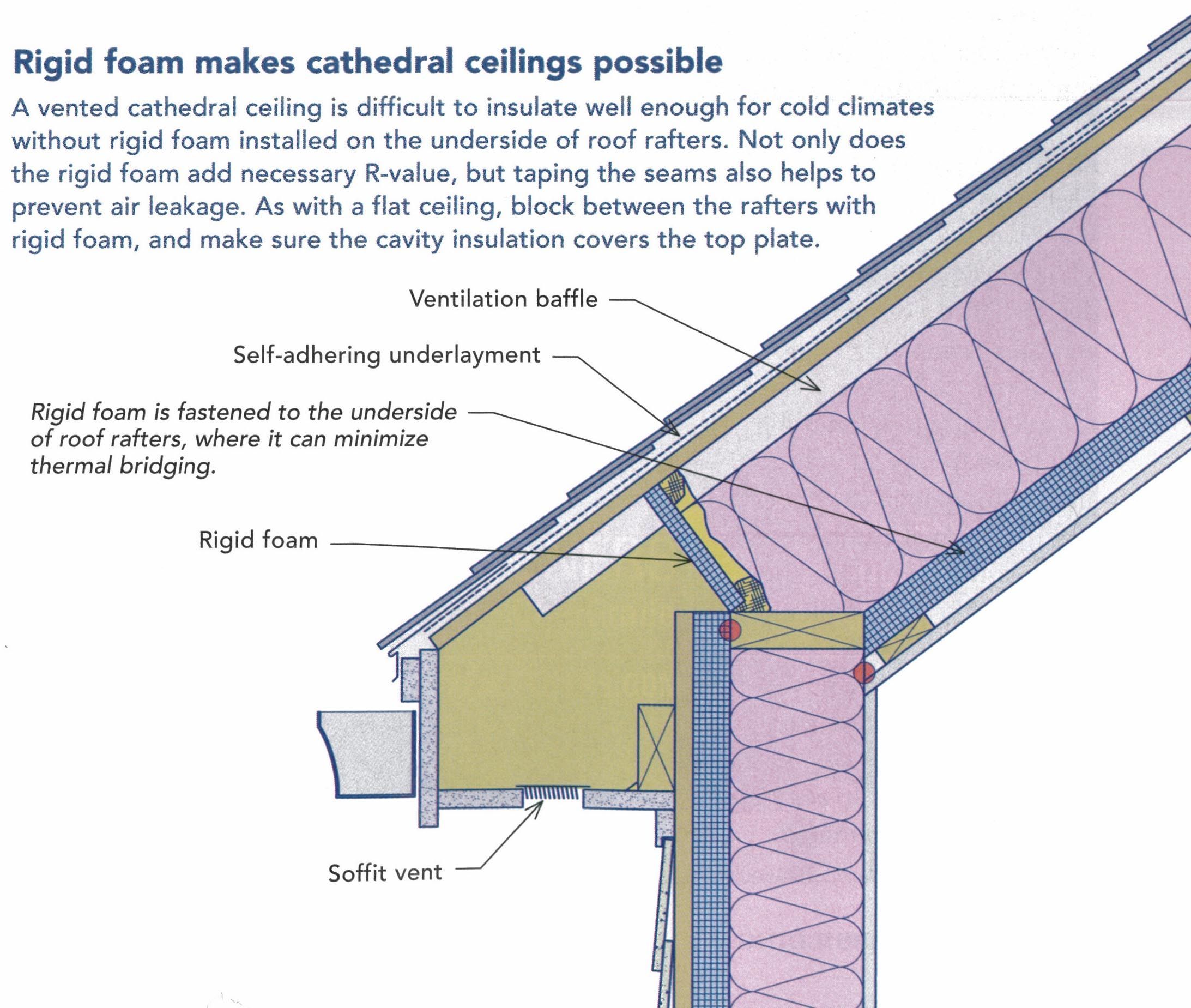How spray foam should be installed on the underside of the roof decking the unvented attic space is completely within the building s thermal envelope.
Spray foam underside of roof deck.
Lstiburek takes blame for bad language.
A fillet application at the joint a one inch application across the whole cavity as might be used in a flash and batt application and a three inch application filling the bay.
Moisture generated indoors or that infiltrates into the home is responsible for the bulk of the moisture in an attic insulated with spray foam on the underside of the roof sheathing.
Polyurethane or polystyrene spray foams can provide thorough coverage to roof rafters and attic walls in much less time than is needed for other materials.
University of florida researchers tested three levels of spray foam roof underside retrofit.
Most unvented attics incorporate spray polyurethane foam spf on the underside of the roof deck and attic walls.
Unlike solid insulation products that require careful measurement cutting and fitting spray foam can cover even the most uneven surface instantly.
An open cell foam about 0 5 pound density is the most cost effective way to insulate but any opening over 1 16 could cause the foam to expand out onto the roof.
Where wood shingles or shakes.
It would be better to use a closed cell 2 pound density foam because it doesn t expand as much as open cell and is more likely to fill voids but not go through them.
This construction approach was first used in the 1970s and it has been implemented much more widely since it was first included in the international code council s icc model building code in 2007 irc section 806 4.





























